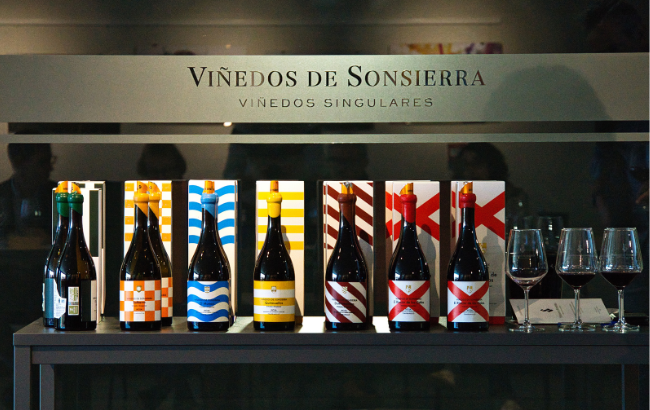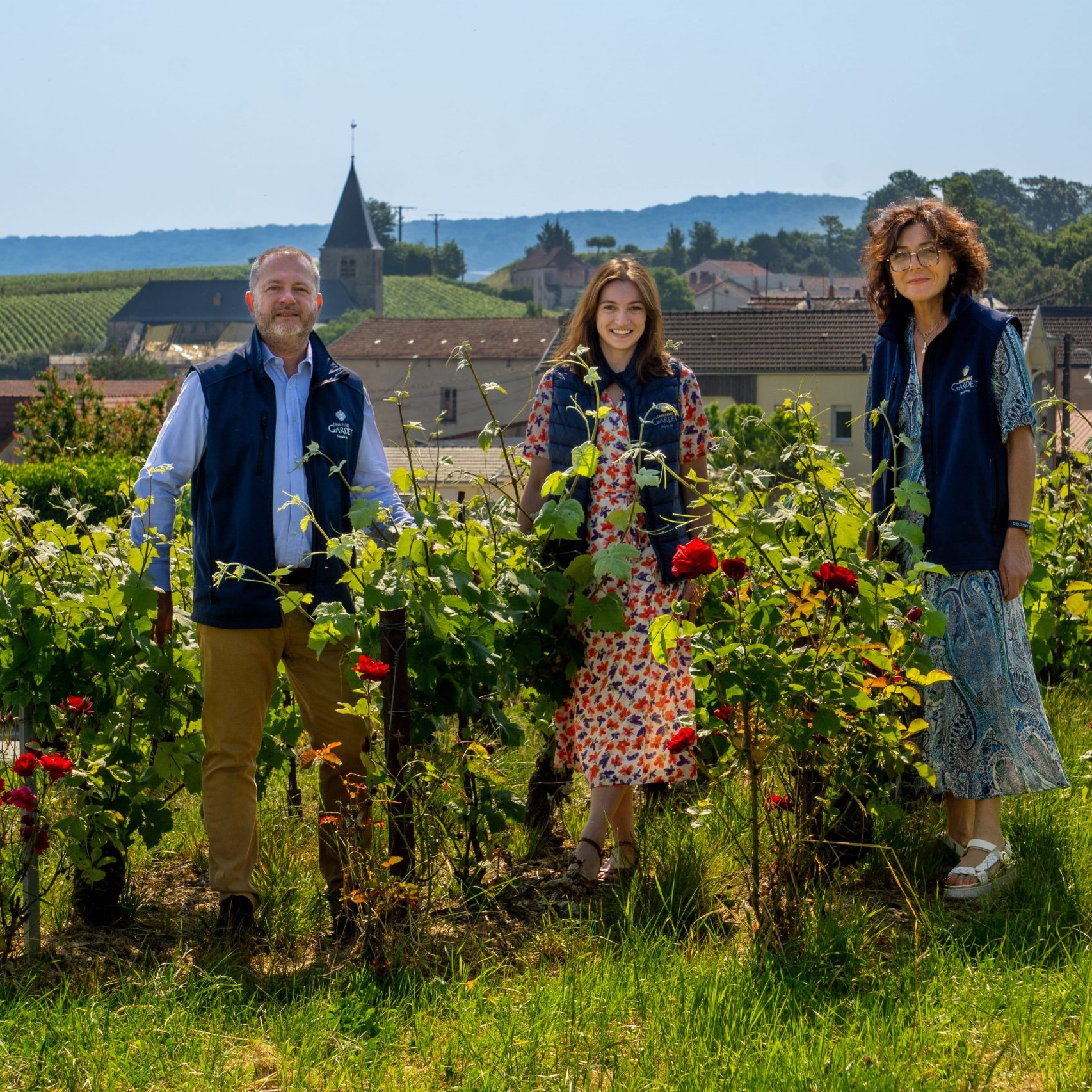What will wine lovers drink in 2024?
When budgets are tight and the next pay check uncertain, there is no room for error. That’s the situation retailers and restaurateurs are dealing with as they plan strategic wine purchases for 2024. Kathleen Willcox reports.

With volume declines down 8.4% for wine according to the most recent data from Wine & Spirits Wholesalers of America, and prices of wine on the rise—the average price of a bottle of wine from the Napa Valley is $108, up $17 year-over-year—wine is both more expensive, and less guaranteed to sell than ever.
Most of the time, listening to “what will trend in wine” predictions feels as authentically revelatory as relying on a beach shack tarot card reading for life advice. But this year, economic necessity has warranted a more serious and analytical approach on the part of buyers.
We tapped sommeliers, wine directors and importers to find out what they’re stocking up on (and not).
Stocking Up on Alternative Bubbles
Champagne sales recently fizzled out after an exciting period of extreme growth. Sales of Champagne were down an astounding 20% year-over-year in France through December, and shipments were down 4.7% year-over-year during the first half of 2023.
Even the most luxurious outlets—literal palaces, like Ireland’s Cashel—are seeking out alternative tipples.
“My own love is for Champagne and Burgundian wines,” says Cashel Palace’s sommelier, Farrah Scanlan. “But with our tasting menu in the Bishops Buttery Restaurant we’re offering traditional method alternatives like English sparkling wine, or a Cremant.”
Chris Gaither, a master sommelier and partner at Ungrafted SF and GluGlu in San Francisco, predicts that “delicious and affordable bubbly” will also rule the menu next year.
“New school California sparkling wines using grapes outside of what is normally grown are going to become more popular,” Gaither notes. “I’m super excited to see more Pinot Meunier and Ribolla Gialla here in California, and love to support those growers and winemakers leading the charge.”
Stocking Up on High-End NA
One of the few categories of wine that is selling reliably well is the no and low-alcohol category. The global non-alcoholic wine market was valued at $1.469 billion in 2022, and is expected to reach $4.55 by 2028, with a compound annual growth rate 20.72%, according to a report from market research company 360 Market Updates.
At the ultra-luxe Sage & Sparrow set in a Gilded Age mansion in the Berkshires, sommelier Michael Consolini already has a deep cellar of Armand Rousseau, DRC, Dujac, Opus 1, et al, but is planning on bringing in more NA options to pair with the 15-course menus on offer.
“We are ambitiously looking to grow our selection of alcohol-free products, including alcohol removed wines,” Consolini says.
Less formal spaces are also growing their non-alcoholic wine program. Emily Blackman, beverage director at Companion Hospitality, which oversees multiple wine lists including the Michelin-starred Bell’s in Los Alamos, CA, and part-owner of the vibrant beer and wine bar The Other Room, is also all-in on NA.
“There is a growing population of non-drinkers who still want to enjoy diverse beverages with their meals,” Blackman says.
Stocking Up on South American Wines
South America is another happy pocket of sales growth—Uruguay in particular. In the past six years, exports of Uruguayan wine to the U.S. grew 57% by volume, according to Martina Litta, foreign trade manager at Uruguay Wine.
Annie Edgerton, educator and sales manager at New York’s Flatiron Wines & Spirits says she’s stocking up for 2024, and has noted an increase in interest in the country’s wine across the board.
“Uruguay is vaulting from relative obscurity to take its rightful place on shelves and wine lists,” Edgerton says. “There’s growing buzz for small production, quality wines from South America in general.”
Christopher Stadler, the founder of Mythos Wine Imports, says that as “the only importer focusing on wines from Uruguay, I’ve observed a growing curiosity among Iberian-focused importers. The Spain-centric Selections de la Vina introduced their first Uruguayan producer this year and is looking to expand.”
Stadler’s Uruguayan top-sellers in restaurants and bars in 2023 were Tannat and Albarino, comprising about 85% of his sales. Stadler attributes some of the success to the lower ABV of many of these wines.
“The majority of my selection is under 13% ABV, predominantly between 11-12%,” he notes. “The cooler climate in Uruguay allows for a diverse range of grapes to ripen at these lower potential alcohol levels, which are proving popular, especially among younger
consumers and in boutique wine shops.”
Stocking Up on Alternative American Regions
As prices of classic California wines skyrocket and more people want to “drink local,” many look farther—or in some cases, closer—afield.
Partner Content
“There is a real desire for hyper-local wine, especially amongst new wine drinkers,” says Rafe Gabel, principal at Mootz Consulting, which focuses on restaurants and hospitality, in Washington State. “Newer wine regions like those in Virginia or the mid-Atlantic give people a sense of being part of something that is close to them and accessible in price point.”
Sage & Sparrow’s Consolini says he is also broadening the selection of wines on tap at Sage & Sparrow to encompass regions beyond the expected “great regions”—Burgundy, Napa, Bordeaux, Champagne—to include wines he has personally selected to pair with the cuisine, from the Finger Lakes and Columbia Valley.
Toss Up on Orange Wines
Orange wine appears to be as divisive as ever—touted by some, spurned by others.
“Our sales of orange wines increased 30 percent in 2023,” says restauranteur Hannah Hopkins, who owns Yampa Valley Kitchen, Bésame, and Mambo's Italiano in Steamboat Springs, CO.
“They are in high, high demand, and I see that continuing.” Ian Lokey, beverage director at Sushi Note and Sushi Note Omakase in Beverly Hills agrees that “orange wines are continuing to gain traction amid the desire for complex expressions.
People who gravitated towards rosé are now looking for something with a bit more texture and unique flavor.”
But others like Stephen Sherry at L.A.’s Melanie Wine Bar, see a bit of a reversal on orange. “More people are now asking for natural reds,” Sherry notes, “Low sulfites, organic and biodynamic farming, wild yeast fermentations. It’s a category people are exploring more now, just as they were with orange wines a few years ago.”
Toss Up on Natural Wine
Yes, the growth of “natural” aka “natty” wines. The most beloved and derided category in wine, depending whom you’re talking to.
Matt Dulle, sommelier and wine director for Spago Beverly Hills, predicts that the wine industry’s unalloyed love affair with all things natty is at its breaking point.
“People fell in love with natural wine as a category, which is great, but the obsession grew without a metric for quality,” he says.
“Some of my favorite wines would qualify as natural (Paolo Bea, Ganevat), but they are more focused on conveying a sense of place than they are having that natural ‘funk.’”
Dulle predicts that as natural wine evolves as its own category, an expectation of quality will grow, and one that, he says, may eliminate “some of the wines that cashed in on the craze.”
Blackman concurs, though with the worried caveat that it may get her “banned from L.A.”
“The ‘natty wine’ crazy created an acceptance of flaws in wines, and I’m hoping that 2024 sees more people drinking cleaner wines,” she says. “Maybe ‘intentional intervention’ will take the place of ‘no and low intervention.”
Here’s to hoping!
Opting Out of Traditional Ultra-Premium
Perhaps inevitably amid belt tightening, many are opting to not pad their cellars with the priciest bottles on the market.
“In 2024, the significance of perceived value will be substantial, requiring us to broaden our approach to attract guests,” says Serena Harkey, wine and spirits director at Vine Hospitality, where she oversees programs at eight restaurants in San Francisco. “I
anticipate a decline in the popularity of the luxury wine sector in 2024.”
Gabel concurs, pointing specifically to Burgundy.
“I believe that Burgundy is losing its fan base,” he says. “With even village level offerings costing too much to put on as a by the glass without charging $30 a glass or taking a hit title to your overall costs of goods. I think the love of French Pinot will never die but it may become only for the most special of occasions or it will be found in sought after in other regions like Alsace.”
Will 2024 bring less Burgundy, more Uruguay to crystal goblets around the world? It’s tough to say. But as ever, that doesn’t stop anyone from making their most hopeful predictions.
“2024 feels like it could be the year of adventure for consumers,” says Edgerton. “I see people being ready to take more risks on unfamiliar grapes, locations and styles. This certainly requires more hand-selling, but it feels like somms and merchants have been
waiting for this shift and are ready.”
Related news
Do wine lists still need the human touch?
Can wine compete with beer and baijiu in China?
Volatile first quarter for fine wine, but there is optimism on the horizon




